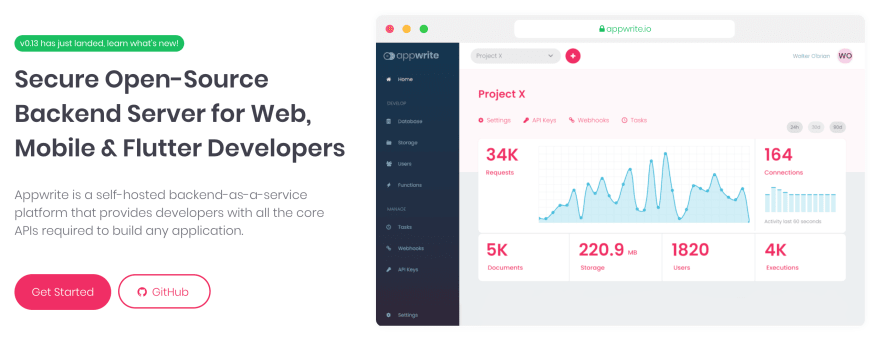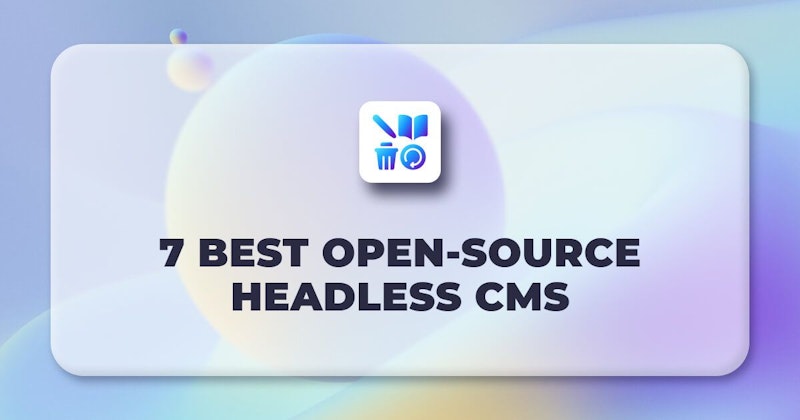Best Open-Source Headless CMS to Try for Your Next Application
A headless CMS system, which can be developed quickly, contains many features you need, and helps you to produce products very quickly compared to traditional systems.
What is a headless CMS?
Headless CMS are basically systems that distribute content with a database and restfull API. There is no front-end system, hence the name “headless”.
It allows you to create, store, manage and modify your content. Even if you don't have any coding or technical expertise, you can create a website and start publishing content right away using a good CMS like WordPress, Wix, Joomla.
However, with the developing technology and changing needs, traditional systems have turned into cumbersome, difficult to develop systems.
In this article, I will talk about headless open source cms that you can consider using in your next project.
Strapi
It is the leading open source headless CMS for your applications after Strapi. It is customizable and 100% JavaScript that makes it easy and simple to build a performant, customizable and self-hosted content API.
Strapi is an open source platform and has many contributors. It is easy to customize the API and admin panel. It has become more powerful with plugins. It has an advanced and developer-oriented SDK.
 Free service with limited features. Get more benefits with the paid plan starting at $9/month.
Free service with limited features. Get more benefits with the paid plan starting at $9/month.Directus
It is one of the best Open Data Platforms for turning SQL databases into beautiful no-code apps and APIs with Directus. Strengthens your project with innovative solutions.

You can use Directus for free on your own server. With the Cloud solution, you can use it effortlessly by paying $25/month.
AppWrite
Appwrite is an end-to-end backend server that is aiming to abstract the complexity of common, complex, and repetitive tasks required for building a modern app.
Appwrite provides you with a set of APIs, tools, and a management console UI to help you build your apps a lot faster and in a much more secure way. Between Appwrite different services, you can find user authentication and account management, user preferences, database and storage persistence, cloud functions, localization, image manipulation, and more.

Netlify CMS
Build flexible and faster web projects using Netlify CMS in combination with the static site builder. Netlify CMS stores your content in a Git repository for easier and simpler versioning. It also helps with multi-threading and handling content updates within Git.

It is designed as a one-page React app; so you can add UI widgets, editor plugins and backends to support various Git platform APIs.
Ghost
Start your headless CMS journey with Ghost and learn how to create beautiful standalone publications. From local environment to product development, follow the installation guide and install the software easily. You can design your own templates using this guide. By understanding Ghost's configuration and architecture, you can create new websites, apps, etc. you can create.
Keystone
Build faster content with the Keystone. Just describe your schema and get awesome Management UI and GraphQL API for data and content.
Submit the code with APIs without sacrificing the flexibility of the backend. It offers multiple field types, session management, custom schema, access control, database migrations, powerful filters, relational data, event hooks, automated CRUD, and more.

Refine
If you are looking for a framework that will provide extreme customizability to your application, Refine will be a very good alternative. Refine doesn't have any back-end support yet, but if you have a rest-full API or GraphQL api it allows you to build very flexible applications.
Refine comes with Ant Design and can also be used headless if you prefer.

Conclusion
Headless CMS systems offer a modern and efficient approach to creating and distributing content across multiple channels with high performance, flexibility, scalability and a host of useful features.
So, if you are looking for an open source headless CMS system, check out the above options based on your needs.

